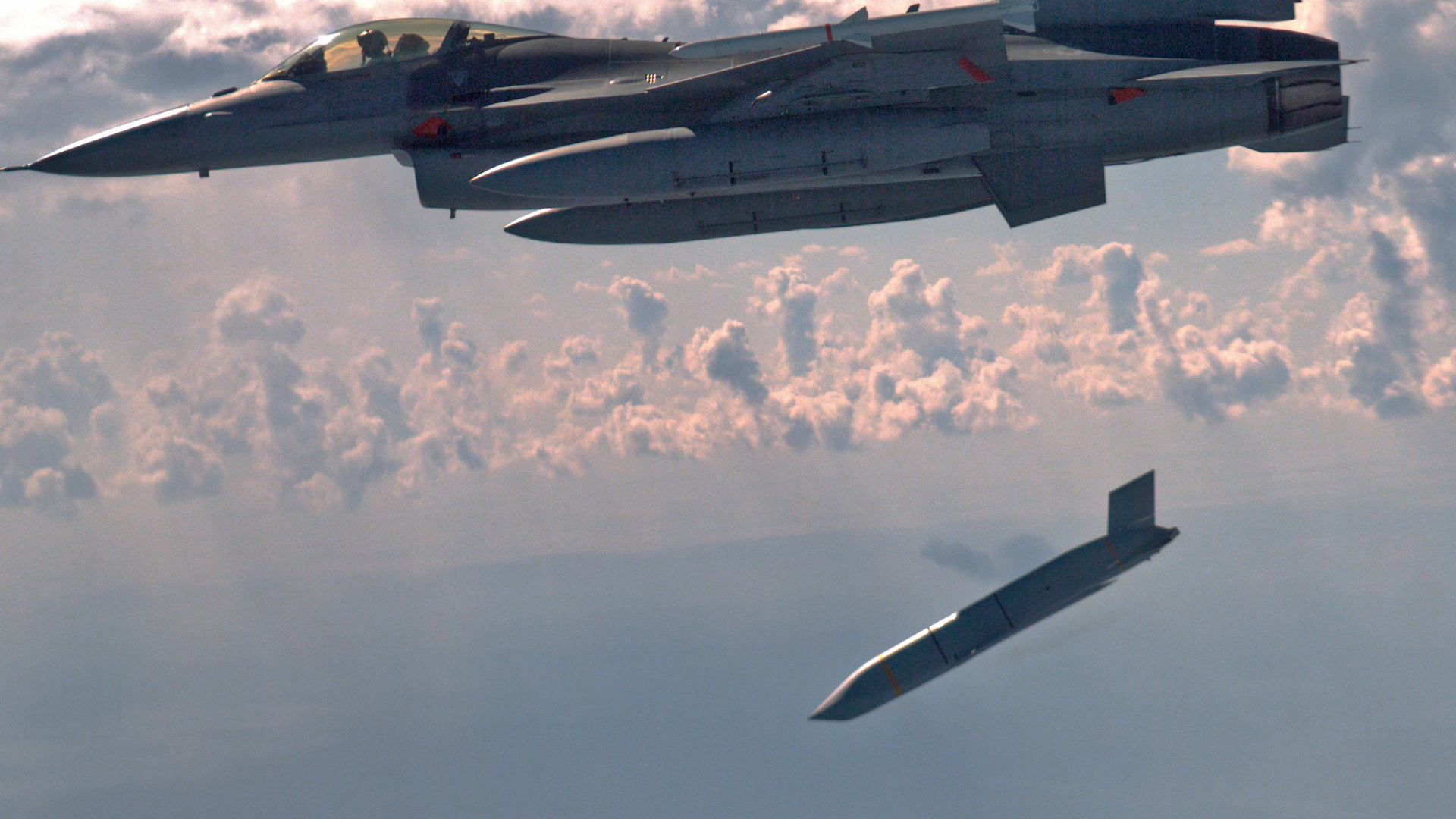
How Ukraine benefits from a longer strike range if US agrees to send stealthy missiles

Reports from US intelligence that Iran has sent more than 200 Fath-360 ballistic missiles to Moscow will ramp up pressure on President Biden to allow Ukraine to fire longer-range US missiles into Russian territory.
Prime Minister Keir Starmer and President Biden hold talks in Washington on Friday, a meeting that Kyiv hopes will see them announce a lifting – or at least a softening – of restrictions on the use of Western missiles inside Russia.
The key American weapon being talked about is the AGM-158 JASSM, the Joint Air-to-Surface Standoff Missile.
It has a 1,000lb warhead and finds its target using GPS and an infrared imaging seeker, locking onto a target from distance, meaning it is less susceptible to electronic jamming.
The JASSM is an air-launched cruise missile designed to be stealthy and hug the ground to avoid air defences.
There are two versions, an older model with a range of around 230 miles, and a longer-range missile which can hit targets more than 500 miles away.
It is thought the Americans are considering giving the shorter-range version as they have a bigger stockpile of them.
The US military is reportedly procuring up to 12,000 JASSMs.
If the US Government does clear Ukraine to use them, at least 30 Russian airbases would be in range of attack.
Launching them from points near Ukraine's northern border with Russia could allow them to hit military installations as far away as the Russian cities of Voronezh and Bryansk.
In the south, launching them near the frontlines could enable strikes on airfields or naval facilities in Crimea.
It could also force Moscow to move its staging areas and supply depots back hundreds of miles into Russia.
The missiles could be launched from Kyiv's small fleet of F-16 jets, although the Ukrainian Air Force has also proven adept at adapting its Soviet-era MiGs and Sukhoi jets to fire Western weapons.
So far Britain has been in lock-step with the US on the use of longer-range missiles inside Russia.
The UK and France have supplied Ukraine with hundreds of Storm Shadow and SCALP long-range cruise missiles but to date, Kyiv has only been allowed to use them inside occupied territory.
That restriction was largely imposed by the American Government.
The missiles are used in tandem with some US military systems, meaning Washington has the casting vote on how and where they are used.
If the restriction on long-range missiles is lifted, it could prove a big issue for Russian air defences, and allow Ukraine to use its small number of F-16s to far more devastating effect.









